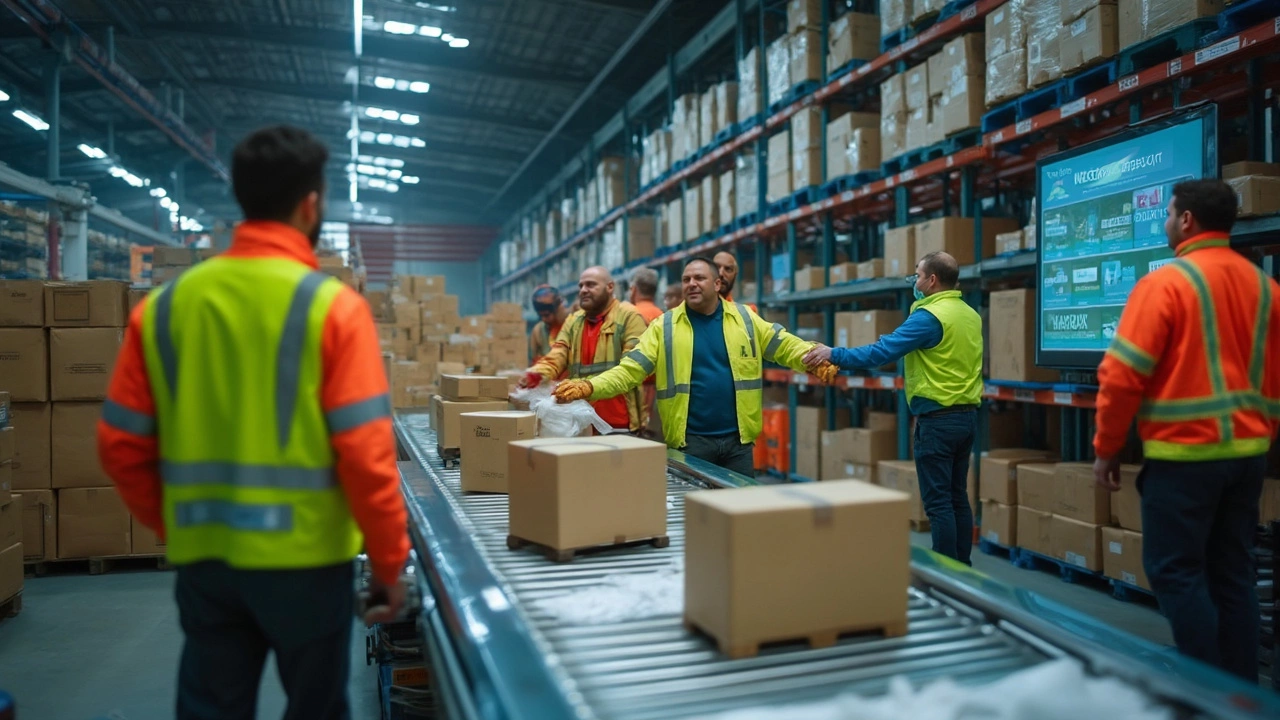Fulfillment Tips & Tricks for Quick, Reliable Shipping
When you run a home‑based shop or a small business, getting products from your door to the customer’s doorstep fast and cheap feels like a juggling act. The good news? You don’t need a massive warehouse or a PhD in supply‑chain science to nail it. Below are real‑world steps you can start using today to make your fulfillment smoother, cheaper, and more predictable.
Choosing the Right Courier
First thing’s first: pick a courier that matches the size, value, and urgency of each order. For tiny parcels, USPS Priority Mail or DHL Express often beat UPS on price because they have lower base rates for lightweight boxes. If you’re shipping something fragile or high‑value, UPS or FedEx give you better tracking granularity and reliable insurance options. Remember to check the cut‑off times – most carriers stop accepting next‑day shipments after 3 pm, so a quick morning scan of your orders can save you a day.
Don’t forget about regional couriers. Companies like DPD or Hermes specialize in domestic routes and can shave a few pounds off the cost per kilogram. When you compare rates, include hidden fees like residential surcharges or fuel adjustments; they add up fast. A simple spreadsheet that logs weight, dimensions, and destination for each carrier lets you spot the cheapest option in seconds.
Boosting Efficiency with E‑Logistics
Digital tools are the secret sauce behind modern fulfillment. A cloud‑based shipping platform (think ShipStation or EasyShip) pulls rates from multiple carriers, prints labels in bulk, and updates order status automatically. This cuts manual entry time by at least half and reduces human error – no more typos on address lines.
Integrate your e‑commerce store with inventory software so stock levels sync in real time. When an item runs low, the system can trigger a reorder to your supplier, preventing the dreaded “out of stock” email to a customer who’s already paid. Some platforms even suggest the optimal box size based on the items in the cart, saving you space and packaging material.
Another quick win is to batch similar orders together. If you have ten orders going to the same postcode, pack them in one round, print one combined manifest, and hand the batch to the driver. Couriers love bulk drops; they often give you a better pickup window and sometimes a small volume discount.
Finally, don’t overlook the power of clear communication. Send a simple email or SMS with tracking info the minute the label is created. Customers love knowing where their package is, and it cuts down on “where’s my order?” support tickets. A short note like, “Your order is on its way via UPS, tracking #12345,” goes a long way.
By choosing the right courier, leveraging e‑logistics software, and keeping the process tight, your fulfillment can go from “just okay” to “fast, cheap, and reliable.” Try one change today – whether it’s signing up for a shipping aggregator or printing labels in batches – and watch your shipping time shrink and your happy‑customer count rise.
Unpacking the ecommerce logistics supply chain, this article breaks down each step from order placement to final delivery. Get real-world examples, tips to avoid common mistakes, and what tech is changing the game. Full of practical advice for sellers and curious shoppers alike. Discover the pitfalls that can ruin a customer experience—and how smart businesses can sidestep them. Plain talk, no jargon, straight to the point.
Jun, 8 2025
